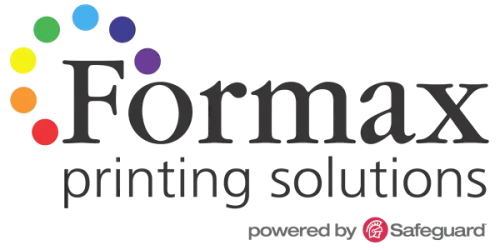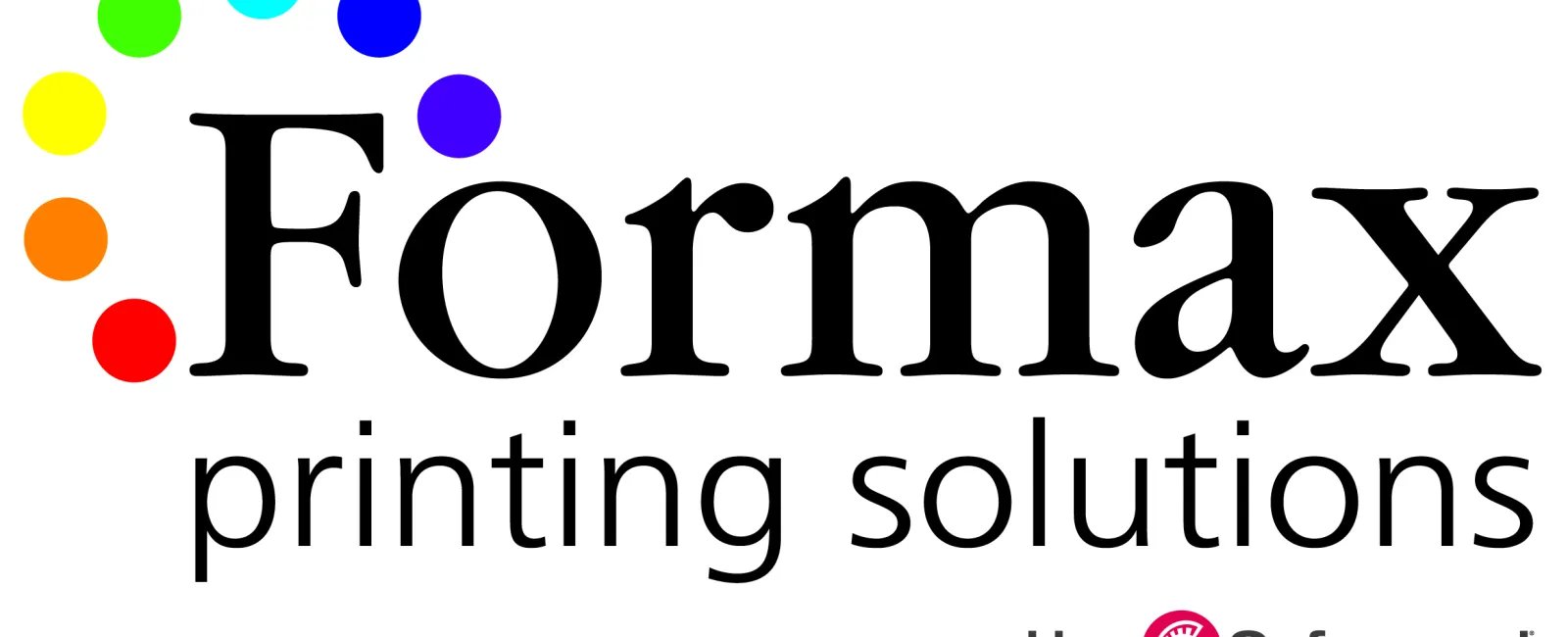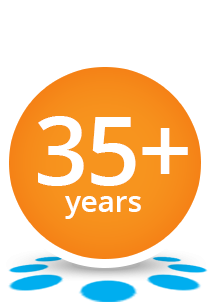
Modern machinery allows for faster book assembly because it automates many of the production steps. Equally important, automation helps books achieve a lower unit cost because it streamlines the manufacturing process. Needless to say, high-volume book production would not be possible without the assistance of automated machines and equipment.
Because automation has such widespread use in the printing industry, it is important for graphic artists and print designers to be aware of the potential for slight deviations that might occur during the book production process. These deviations are known as "manufacturing variance."
What exactly is Manufacturing Variance?
With regard to book printing, manufacturing variance refers to miniscule shifts that may occur as the pages and cover of the book are being assembled and bound. As with any mechanical process, the equipment used for book production has the potential for movement or vibration while in operation.
As a result, this physical movement can prevent certain operations - such as trimmed edges, scores, creases, or fold lines - from being placed exactly on dead center.
Even though a manufacturing variance may be very slight, it can affect the appearance of the finished book if steps are not taken to compensate for it during the design phase of a book's artwork.
Please note that manufacturing variances are not a result of human error, they are inaccuracies that result from automation. Even the finest machinery on earth has a tolerance range for how precise it can perform. That is why margins for error are required to help compensate for any unforeseen inconsistencies that may occur.
How do manufacturing variances affect the spine of hardcover and perfect bound books-and how do I compensate for these variances during the cover design?
Hardcover books and perfect bound books have a printed outer cover that is created from a single sheet of paper. This printed cover wraps tightly around the entire outside of the book.
Hardcover books and perfect bound books are especially susceptible to issues related to manufacturing variances. This is because the printed outer cover forms a precise angle as it bends from the back of the book to the spine, and forms another precise angle as it bends from the spine to the front cover.
If the creases to form these angles are not placed dead center, and the cover layout does not have an allowance for variance, any misalignment of the cover artwork will likely show up on or near the spine of the book when printed.
Now let's go over some recommended ways to place color on a book's cover to compensate for manufacturing variance...
To get started, look at Illustration A. This illustration represents the outer cover of a hardcover or perfect bound book.

The book cover in Illustration A would be the least affected by any manufacturing variance because the spine is the exact color as the front and back cover. As such, Illustration A represents the best design option. As long as the entire outer cover has a continuous color, pattern or image, no variance will be detected should the cover not bend precisely at the location of the pink lines.
Now refer to Illustration B. The book cover in illustration B would be the most affected by a manufacturing variance because the spine is a different color than the front and back cover.
Hence, Illustration B represents the worst design option. Unless the cover bends precisely at the location of the pink lines, some of the spine color might wrap slightly onto the front or back cover.

If you definitely prefer to have a spine with its own unique color (known as a color break) it is advised that the color be intentionally wrapped around to the front and back cover by 1/4" to 1/2", see Illustration E. This technique will disguise any variance should one occur.
Illustrations F and G offer yet another design technique to compensate for manufacturing variance. Illustration F shows the color of the front cover extending around the spine and onto the back cover by 1/4" to 1/2". Illustration G shows the color of the back cover continuing around the spine and onto the front cover by 1/4" to 1/2". Similar to the technique shown in Illustration E, both of these techniques will disguise any variance.

Now that we have addressed how a color break on the spine of a hardcover or perfect bound book can be affected by manufacturing variance, let's examine how a variance might affect text that is placed on the book's spine-

Conversely, Illustrations Y and Z show what could occur if the text is made too big on the spine. The text could wrap slightly onto an adjoining panel if there is no allowance for potential variance.
In some cases, a book's spine may be quite narrow and doesn't allow enough room for printed text-or at least printed text that is large enough to see clearly. If this is the case with your book, it is better to forego any text on the spine. Leaving the spine without wording will always look better than a spine printed with text that is too tiny to read.
Hopefully the techniques recommended above will help you design the artwork for your book's cover in a way that minimizes the effects of manufacturing variance while still maintaining the book's professional appearance.
Three final thoughts...
1. You won't be able to finalize your book's cover artwork until you know how wide the spine will be. The width of the spine is determined by two things: a) the number of pages in the book and b) the thickness of the paper used to create the pages.
To ensure accuracy, it is always best to get the spine width directly from the printer who will be producing your book. So as soon as you have determined the book's final page count, contact your printer to discuss paper options. Then once you decide on the paper type and thickness, your printer will be able to precisely calculate how wide you need to create the spine on the book's cover artwork.
2. Because the outer cover is printed as a single sheet, be sure to lay out the artwork for the back cover, spine, and front cover accordingly-as a single sheet. Submitting these components separately will likely delay your book project.
3. Prior to production, your printer will send you a PDF proof of your book's cover. Be sure to request that the proof show the outline of the spine. This is usually done with two thin lines that represent the spine width (similar to the illustrations above). These lines will not actually print on the book's cover-they only appear on the proof to help you visualize the positioning of the spine's color and text.
If you have an upcoming book project and need assistance, give Formax Printing a call at 866-367-6221. Or, if you already know your specs and would like a quote, submit our easy quote request form. We look forward to assisting with your book printing needs!
Take care! Rick




